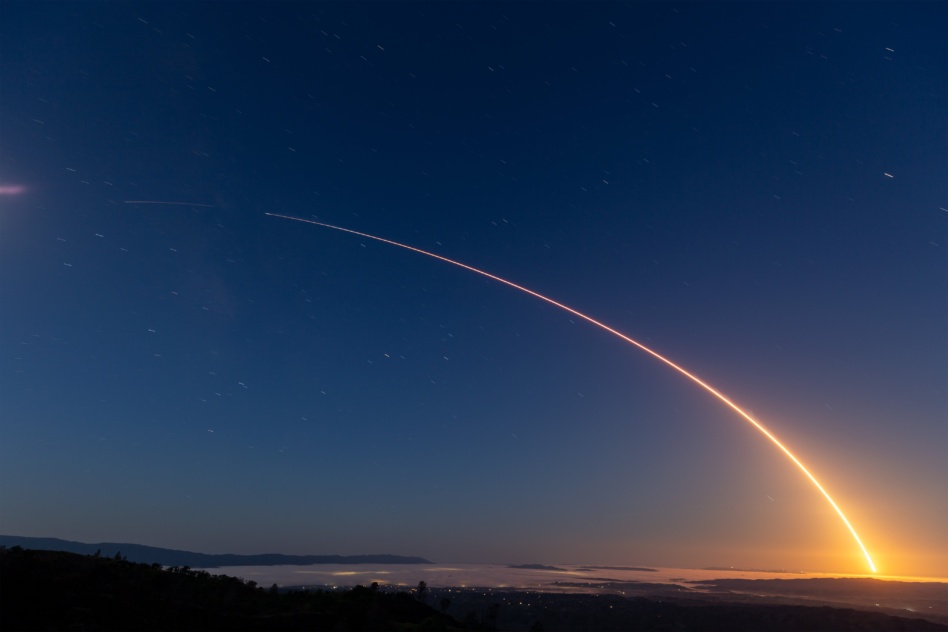SpaceX launched a mission for the NRO early yesterday on board a Falcon 9 rocket, which had 11 previous booster flights under its belt.
The NROL-145 launch is the first under the Space Force’s Phase 3 Lane 1 rubric—a launch contracting mechanism that will spend $5.6B on relatively simple launches with fewer requirements, which might suit new entrants to the national security launch game.
“The Lane 1 path is ideal for shorter, more responsive mission timelines in addition to being the ideal entry avenue for prospective NSSL providers,” Space Systems Command’s Col. Jim Horne said in a statement.
Lane change: SpaceX sued the government in 2014 to break into the second phase of National Security Space Launch contracts, prompting the Space Force to change the qualifications for Phase 3 contracts when they came up for bid in 2023. Procurement split into the more accessible Lane 1 and Lane 2, which includes the full suite of orbital destinations and lots of mission assurance hoops for providers to jump through.
However, with up-and-coming launch companies not yet approved for national security missions, SpaceX was the only company to receive task Lane 1 task orders when they were issued in October.
Cert check: Blue Origin was cleared for Lane 1 last year, but still doesn’t have its New Glenn vehicle certified (we’re waiting on a late spring 2025 mission). Incumbent ULA’s Vulcan only made the grade in March.
Also in March, two other launch vehicles were tapped for Lane 1. However, Rocket Lab’s Neutron and Stoke Space’s Nova won’t be eligible for task orders until they actually, ya know, put something on orbit.
Proliferate good times: The mission also grew the NRO’s new proliferated architecture to 200 spacecraft. It’s another US government project (and potential Golden Dome segment) to replace large, expensive reconnaissance and targeting satellites with cheaper replaceable spacecraft flying in swarms. There are 12 more proliferated architecture launches scheduled in 2025.




